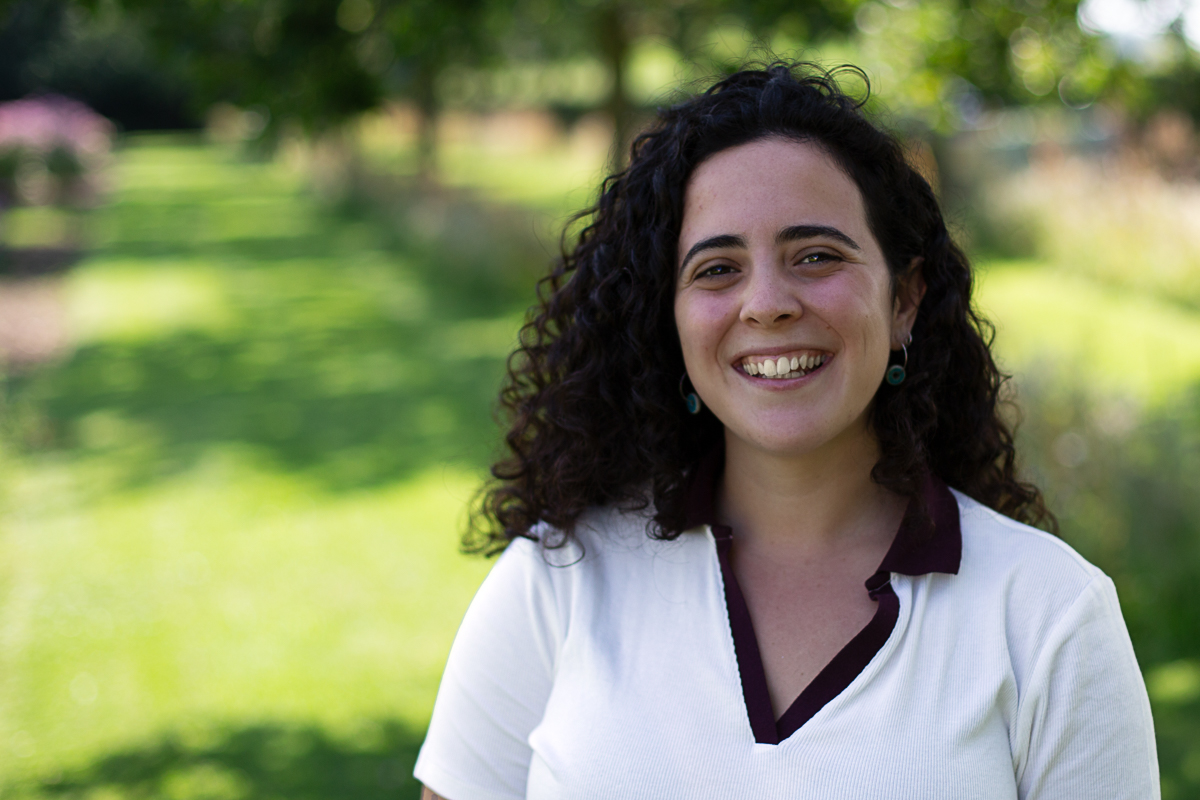María José Romero Lado - Cross-academy PhD Scholarship 2024
Project summary:
Addressing variability in body composition and fat distribution to better assess the risk of diabetes and cardiovascular disease
We hypothesize that considering individual differences in body composition and fat distribution at the same level of BMI enables a more precise risk assessment of T2D and CVD. Our project aims to identify population subgroups with distinct body composition and fat distribution profiles, develop subgroup-specific polygenic scores to calibrate BMI assessments, and characterize the underlying biological mechanisms.
Project Title
Addressing variability in body composition and fat distribution to better assess the risk of diabetes and cardiovascular disease
Background
BMI is widely used to measure body adiposity. Still, it fails to capture individual differences in body composition and fat distribution, which are crucial for assessing the risk of T2D and CVD. Furthermore, BMI’s role in assessing T2D and CVD risk varies between sexes due to inherent differences in body composition and fat distribution. Understanding these differences is essential for improving risk assessment of T2D and CVD.
Aim
Our aim is to identify sex-specific population subgroups with distinct body composition and fat distribution patterns at the same level of BMI and to assess associations of these subgroups with T2D and CVD risk. Furthermore, we aim to develop subgroup-specific polygenic scores and use them to calibrate BMI values for more precise T2D and CVD risk assessment.
Methods
We will subgroup participants based on sex-specific body composition and fat distribution patterns. We will examine associations with T2D and CVD using data from the UK Biobank and Danish Diet, Cancer and Health cohorts. We will create subgroup-specific polygenic scores to calibrate BMI for better risk prediction of T2D and CVD and characterize underlying biological pathways by examining associations with plasma proteomic and metabolomic profiles.
Preliminary results
Among 670 known BMI risk variants, our preliminary analyses identified eight distinct genetic subtypes with unique body composition and fat distribution patterns. We observed significant differences in cardiometabolic risk profiles between these subtypes, giving important clues to T2D and CVD risk assessment.

María José Romero Lado
- MSc
- Novo Nordisk Foundation Center for Basic Metabolic Research, University of Copenhagen
- Cross academy grant recipient: DCAcademy & Danish Diabetes and Endorine Academy
Main supervisor:
Associate Professor Tuomas Kilpeläinen, Novo Nordisk Foundation Center for Basic Metabolic Research, University of Copenhagen
Co-supervisors:
Professor Tim Frayling, Department of Genetic Medicine and Development, University of Geneva
Professor Allan Linneberg, Center for Clinical Research and Prevention, Frederiksberg Hospital
Collaborators:
Professor Anne Tjønneland, Danish Cancer Society